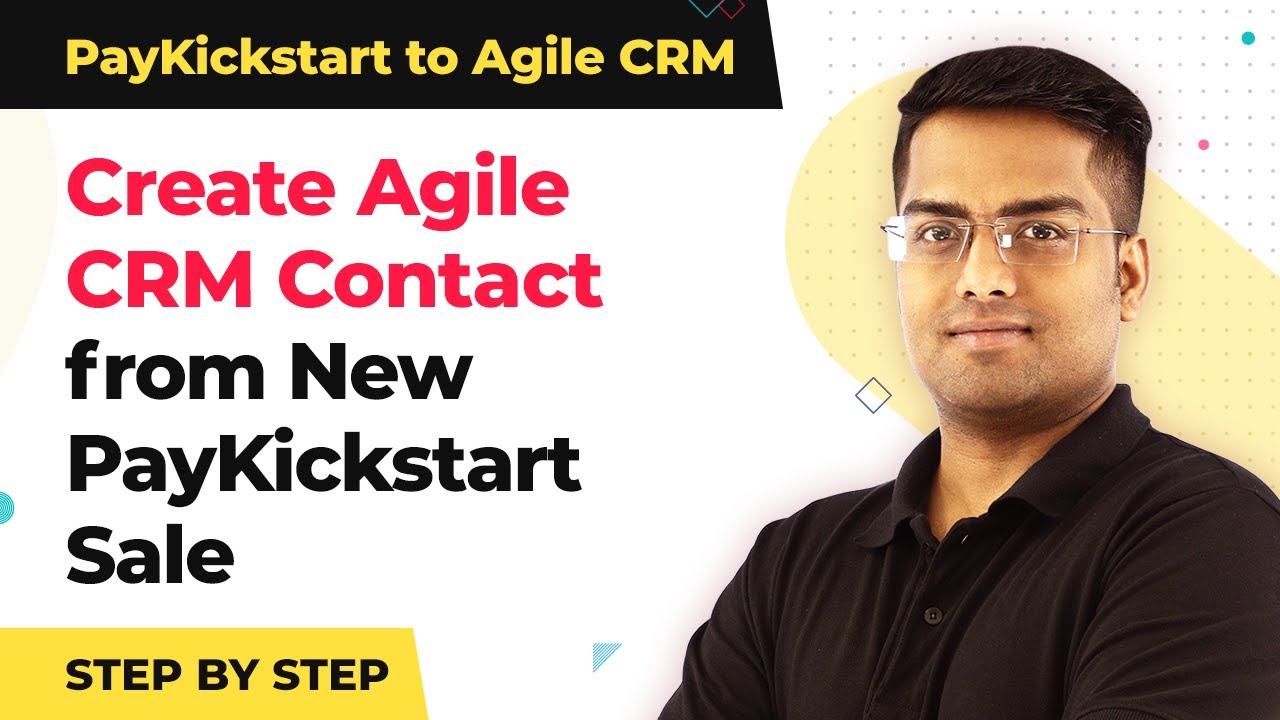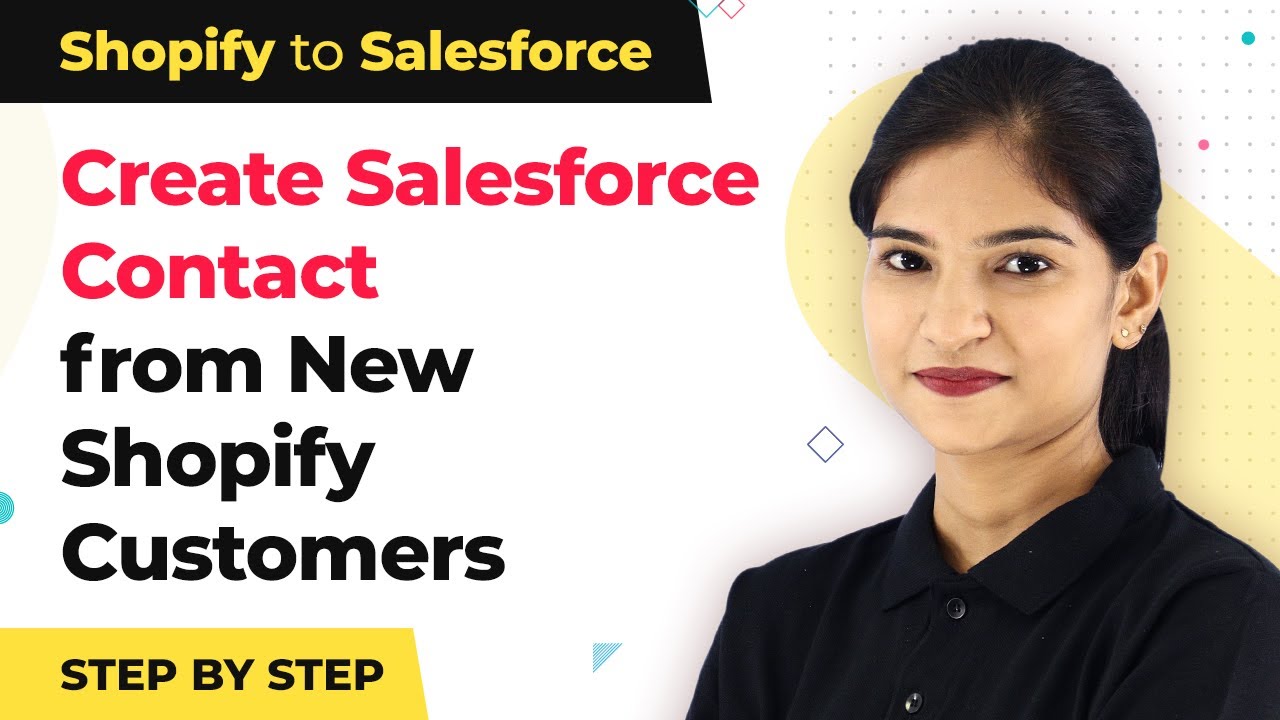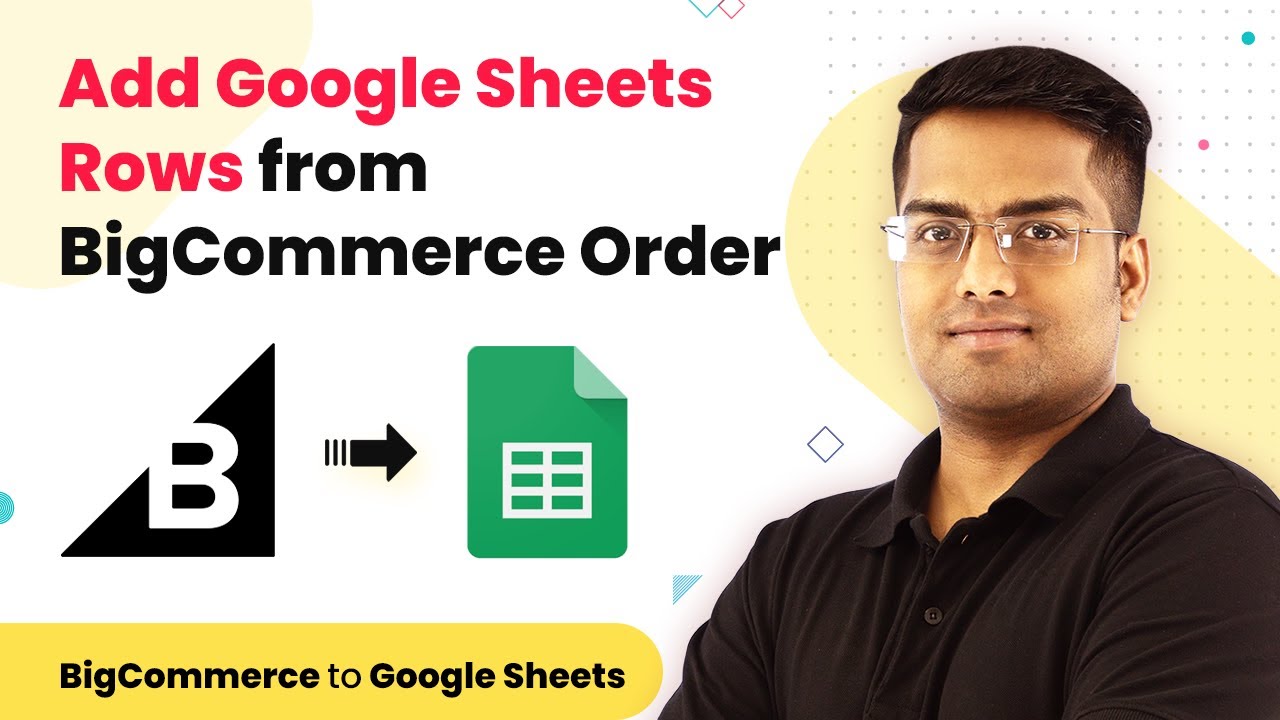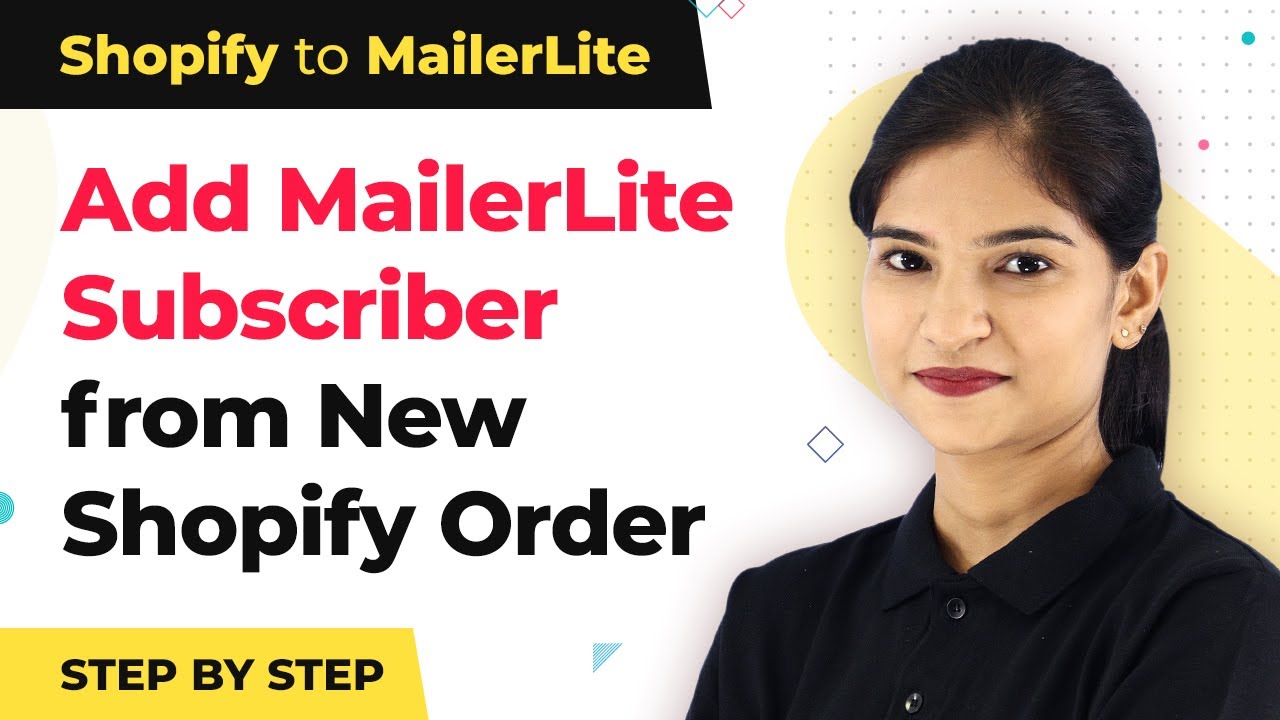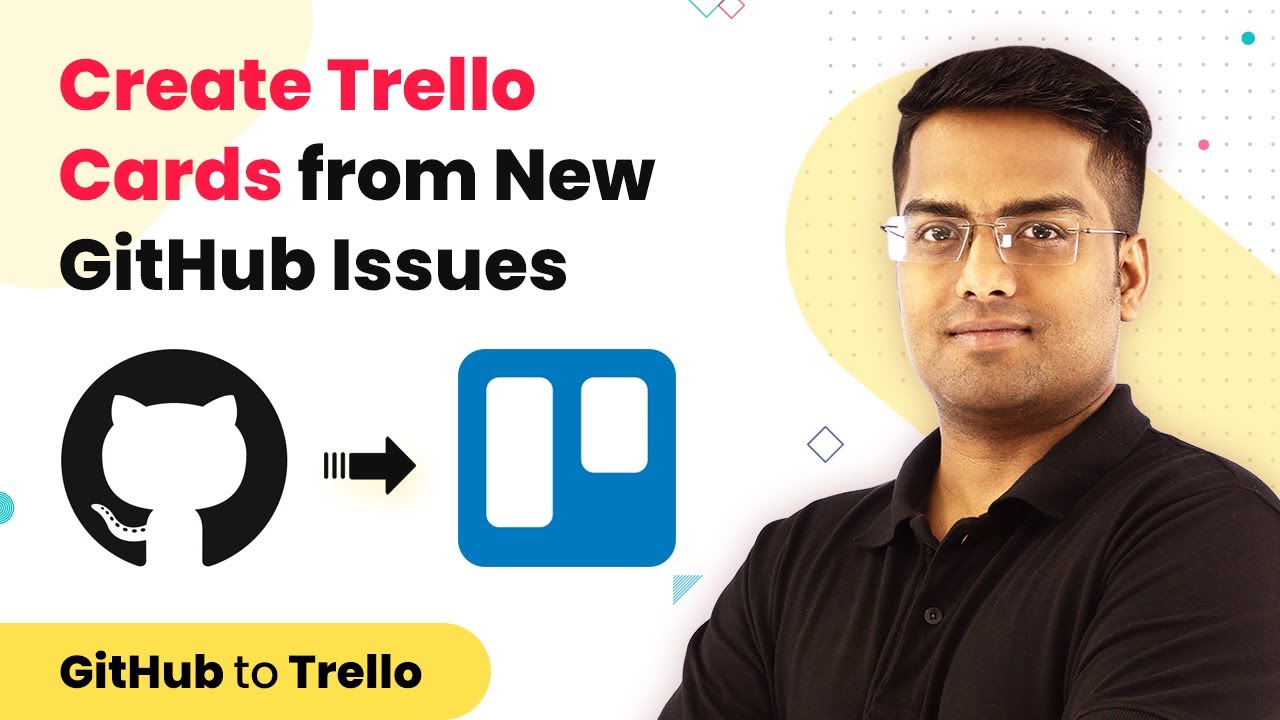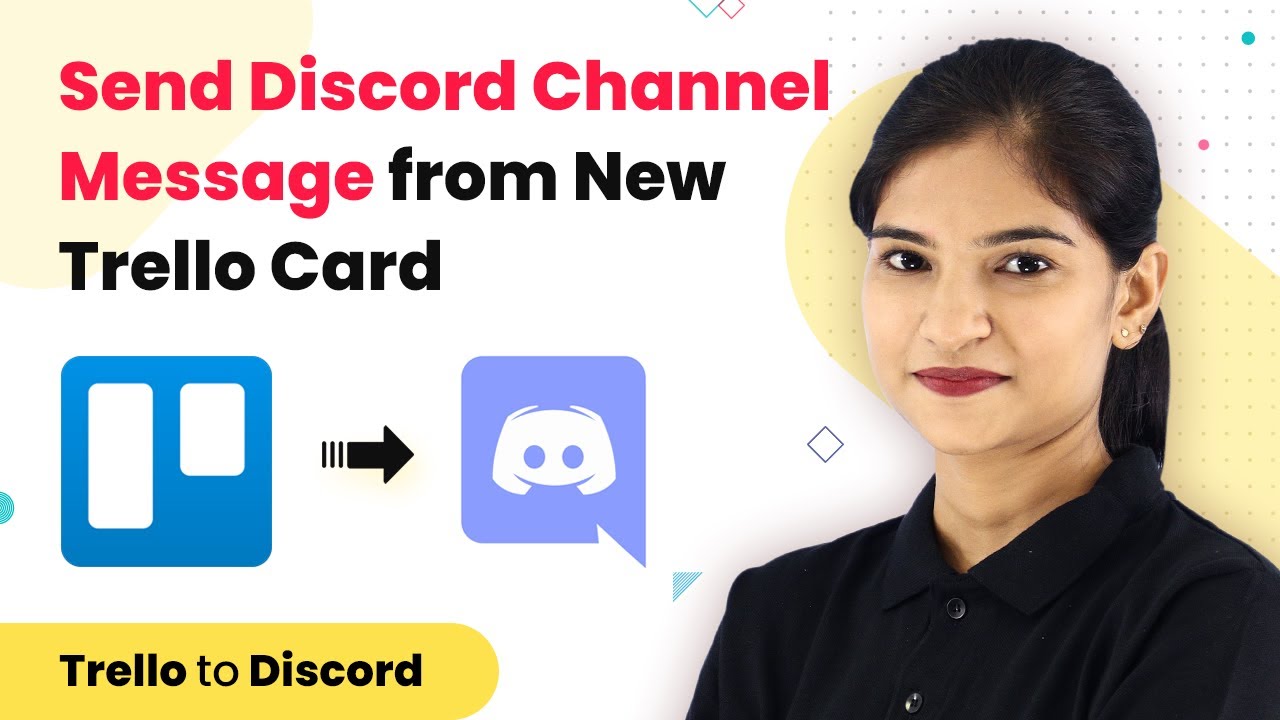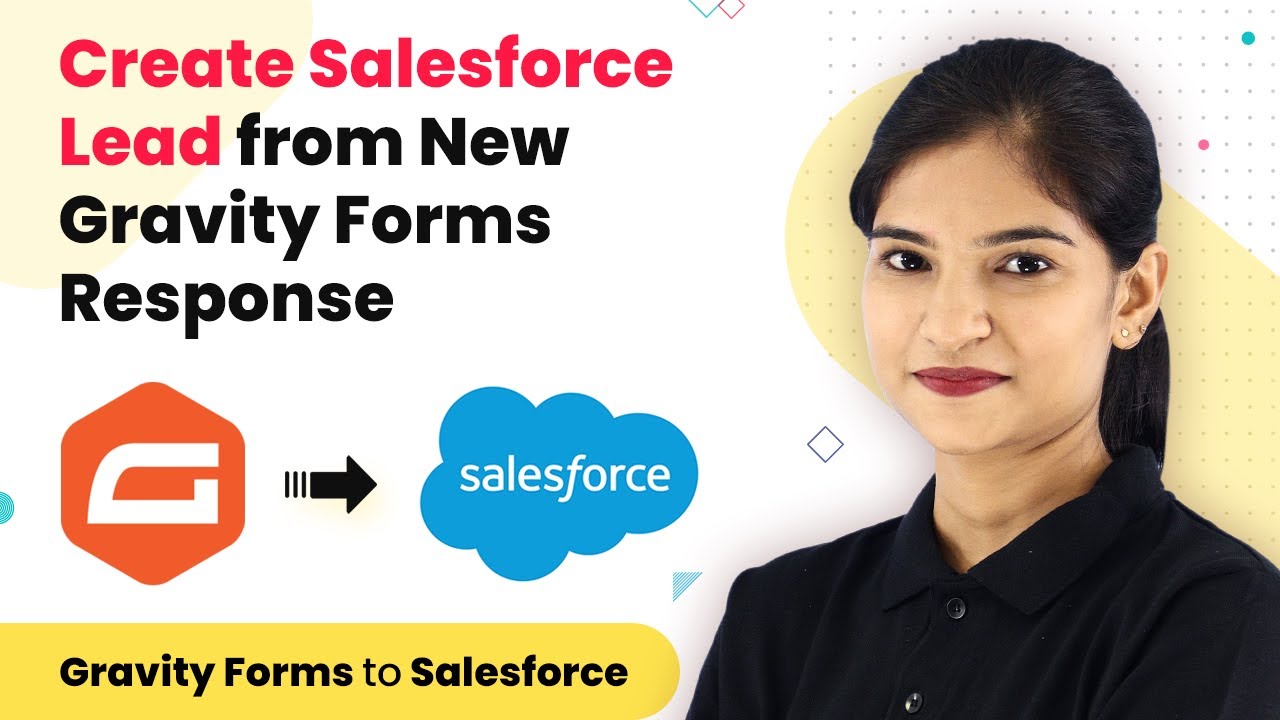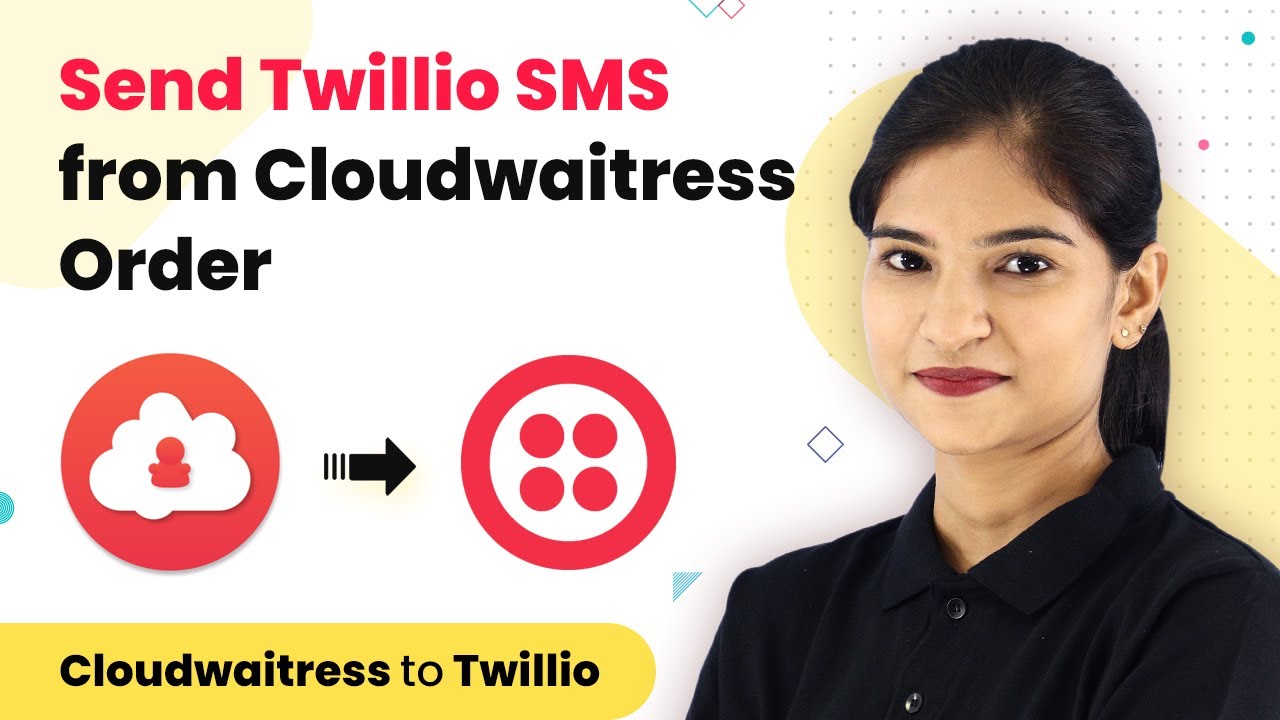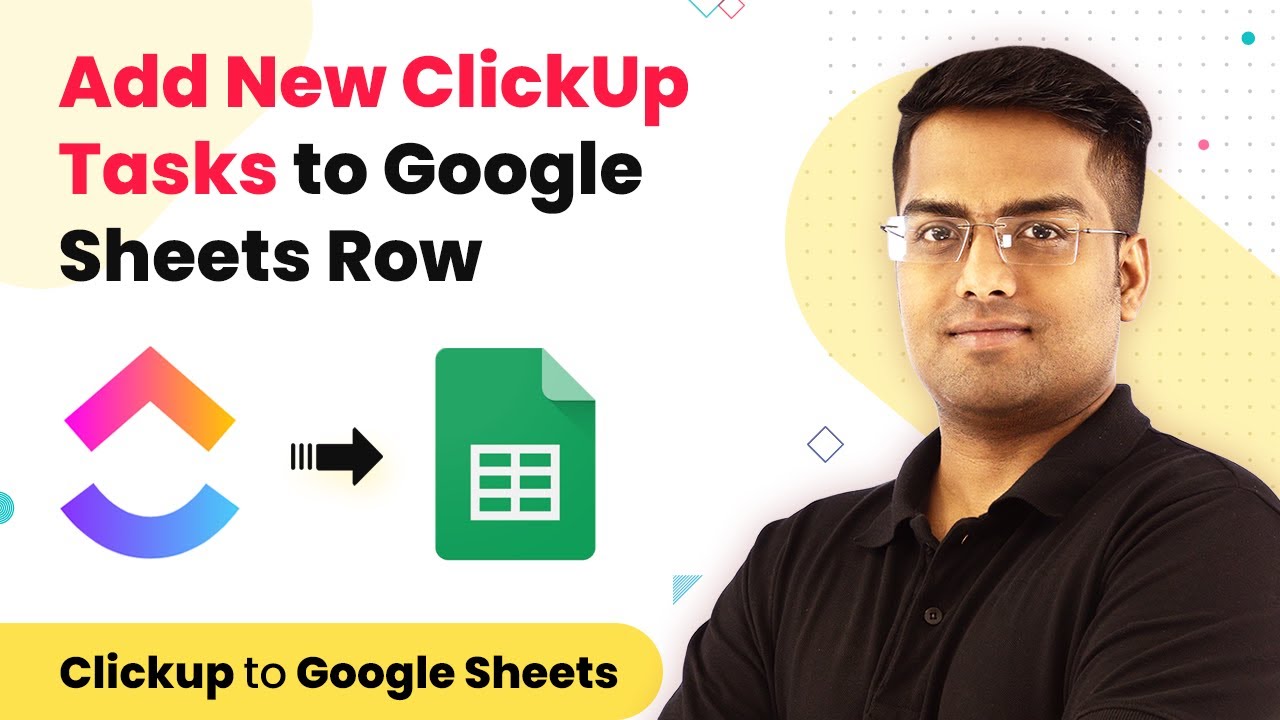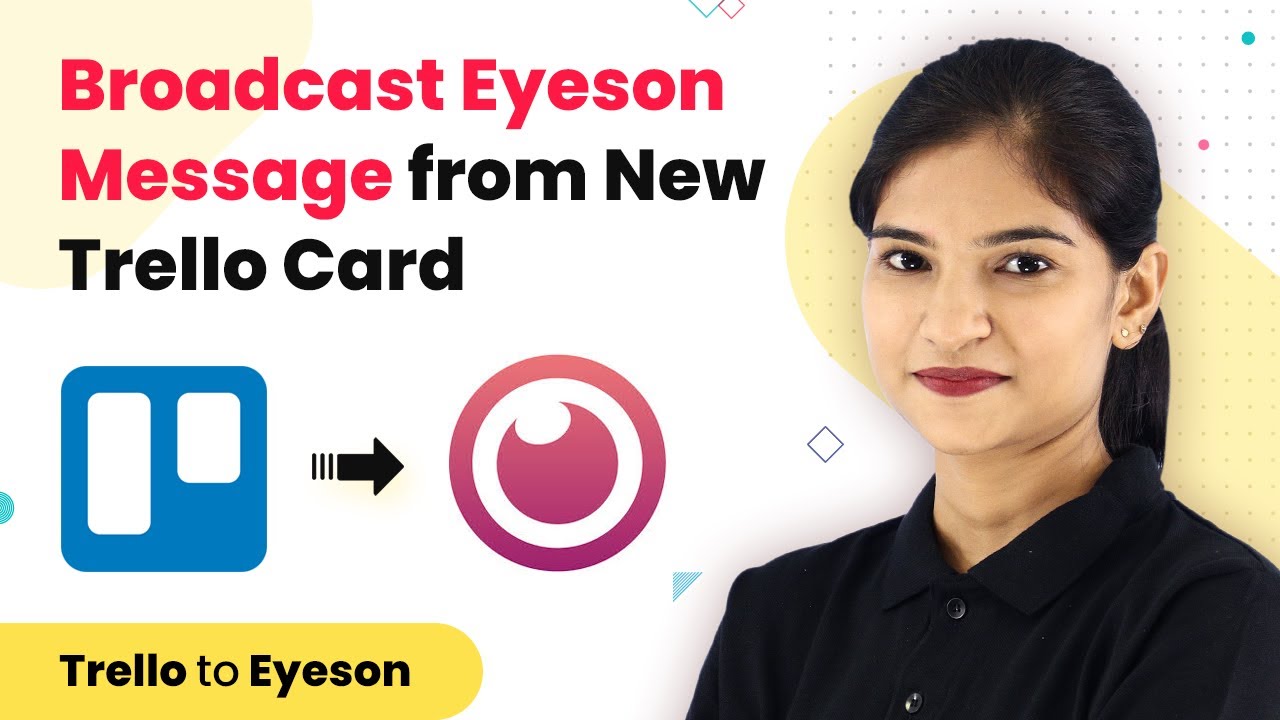Learn how to use Pabbly Connect to instantly create Agile CRM contacts from new PayKickstart sales. Step-by-step tutorial for seamless integration. Eliminate manual repetitive tasks from your workflow. Discover proven automation methods with intuitive steps designed for efficiency-minded professionals.
Watch Step By Step Video Tutorial Below
1. Accessing Pabbly Connect for Integration
To start integrating PayKickstart with Agile CRM, first access Pabbly Connect. Open your browser and go to babli.com. Once on the site, hover over the products menu and select the option for Connect.
After selecting Connect, click on the sign-in button to reach your dashboard. If you don’t have an account, you can create a free one in just a few minutes. After logging in, you will be ready to set up your integration workflow.
2. Creating a Workflow in Pabbly Connect
Once you are logged into Pabbly Connect, scroll down and click on the ‘Access Now’ button. In your dashboard, find and click the ‘Create Workflow’ button located at the top right corner. You will be prompted to name your workflow, so enter ‘PayKickstart to Agile CRM’ and click on Create.
- Name your workflow as ‘PayKickstart to Agile CRM’.
- Select PayKickstart as the app to trigger the workflow.
- Choose ‘Transaction Sales’ as the trigger event.
By setting up this workflow, you are instructing Pabbly Connect to listen for new sales in PayKickstart and prepare to send that data to Agile CRM.
3. Configuring PayKickstart for Integration
Next, you need to configure your PayKickstart account to connect it with Pabbly Connect. Go to your PayKickstart dashboard, navigate to the ‘Campaigns’ section, and select the product you want to integrate. Click on the ‘Edit’ button for that product, then scroll down to the integrations section.
Here, you will find the option to add an IPN URL. Copy the webhook URL provided by Pabbly Connect and paste it into the IPN URL field in PayKickstart. Set the event to ‘Transaction Sales’ and click save to complete the integration setup.
4. Capturing Data from PayKickstart
Now that you have configured PayKickstart, it’s time to test the integration by capturing data. In Pabbly Connect, click on the ‘Capture Webhook Response’ button. This action tells the system to wait for data from PayKickstart.
To simulate a sale, create a dummy transaction in PayKickstart. Use the checkout link for the product you configured, fill in the necessary details, and complete the purchase. Once the transaction is completed, Pabbly Connect will capture the data, including billing information and buyer details.
5. Syncing Data to Agile CRM
Now that you have captured the necessary data, it’s time to sync it to Agile CRM. In Pabbly Connect, click the plus button to add a new action. Choose Agile CRM as your app and select ‘Create a Contact’ as the action event. Connect it with your Agile CRM account by filling in the required credentials such as domain, login email, and API key.
Once connected, you will see fields to map the data captured from PayKickstart. Use the mapping feature to fill in the contact details such as first name, last name, email, and address. Finally, click on ‘Save and Send Test Request’ to send the data to Agile CRM. Check your Agile CRM contacts to confirm that the new contact has been created successfully.
Conclusion
In this tutorial, we demonstrated how to use Pabbly Connect to integrate PayKickstart with Agile CRM seamlessly. By following these steps, you can automate the creation of contacts in Agile CRM whenever a new sale occurs in PayKickstart, enhancing your workflow efficiency.
Ensure you check out Pabbly Connect to create business automation workflows and reduce manual tasks. Pabbly Connect currently offer integration with 2,000+ applications.
- Check out Pabbly Connect – Automate your business workflows effortlessly!
- Sign Up Free – Start your journey with ease!
- 10,000+ Video Tutorials – Learn step by step!
- Join Pabbly Facebook Group – Connect with 21,000+ like minded people!
